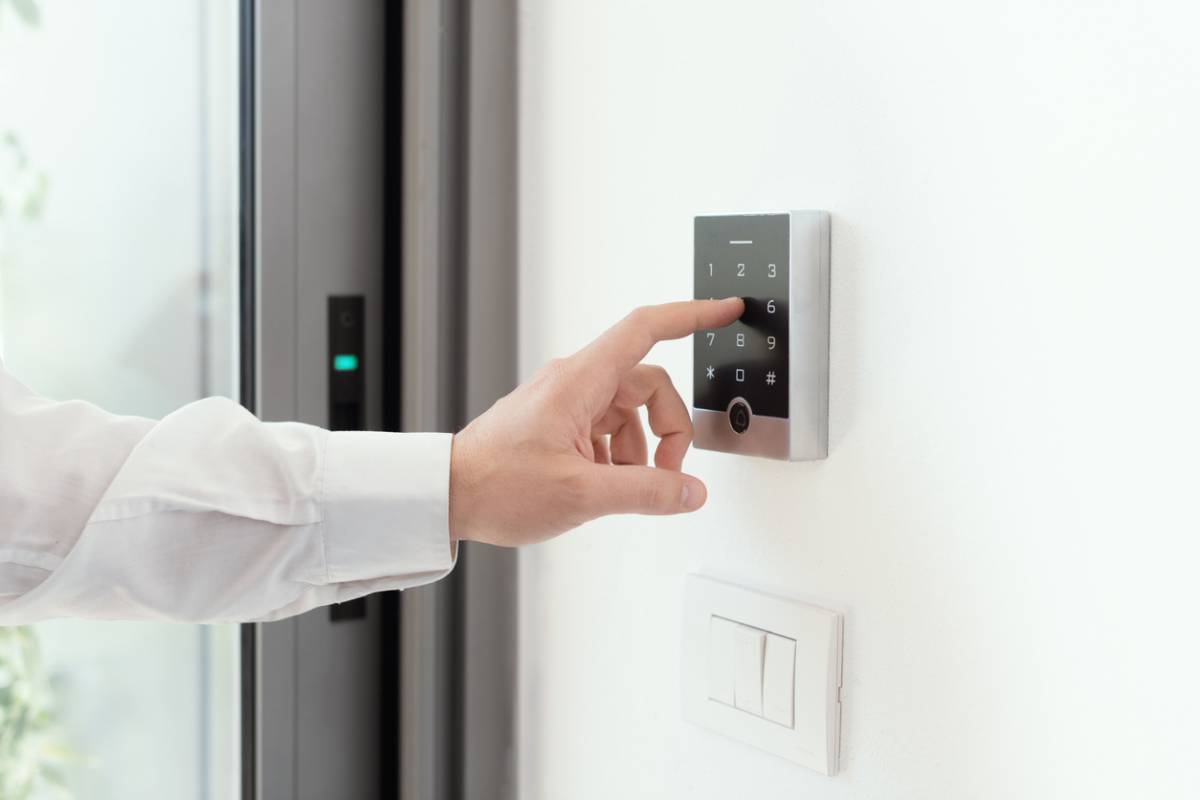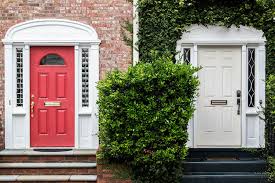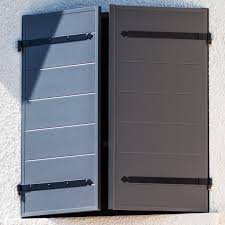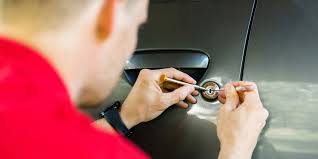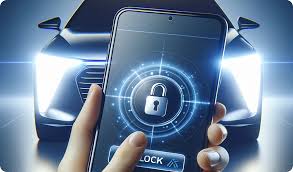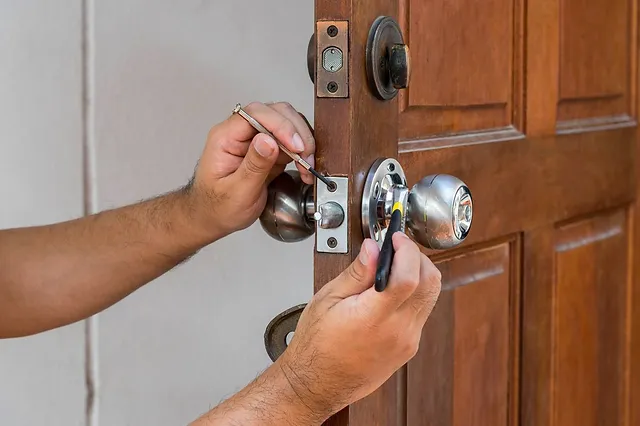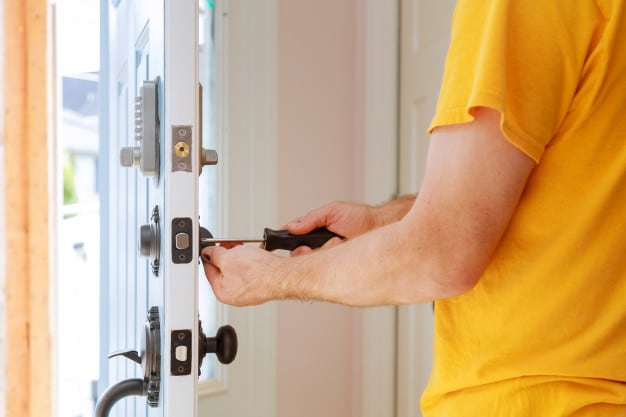En tant que propriétaire, la sécurité de ma famille et de mes biens est ma priorité absolue. J’ai donc longuement réfléchi à la manière de choisir le système de sécurité le plus adapté à mes besoins. Je vous partage ici mon expérience et mes conseils pour vous aider à faire le bon choix.
1. Évaluez vos besoins
Avant de vous lancer dans l’achat d’un système de sécurité, il est crucial d’évaluer vos besoins spécifiques. Habitez-vous en appartement ou en maison ? Avez-vous des animaux de compagnie ? Souhaitez-vous une surveillance vidéo, une alarme sonore ou les deux ? Votre budget est-il limité ? En répondant à ces questions, vous pourrez mieux cibler les systèmes qui correspondent à vos attentes.
2. Types de systèmes de sécurité
Il existe plusieurs types de systèmes de sécurité sur le marché. Vous avez le choix entre :
- Les systèmes filaires : Ils sont reliés à un réseau électrique et nécessitent une installation professionnelle. Ils sont généralement plus fiables mais aussi plus coûteux.
- Les systèmes sans fil : Ils fonctionnent sur batterie et sont plus faciles à installer. Ils sont plus flexibles mais peuvent être moins fiables en cas de coupure de courant.
- Les systèmes hybrides : Ils combinent les avantages des systèmes filaires et sans fil, offrant ainsi une solution complète et adaptable.
3. Composants d’un système de sécurité
Un système de sécurité complet comprend généralement les composants suivants :
- Une centrale d’alarme : Elle gère l’ensemble du système et déclenche l’alarme en cas d’intrusion.
- Des détecteurs de mouvement : Ils détectent les mouvements dans une zone définie et envoient un signal à la centrale d’alarme.
- Des détecteurs d’ouverture : Ils détectent l’ouverture d’une porte ou d’une fenêtre et alertent la centrale.
- Une sirène intérieure et/ou extérieure : Elle émet un son puissant pour dissuader les intrus et alerter le voisinage.
- Un clavier de commande : Il permet d’activer et de désactiver le système, ainsi que de programmer les différents réglages.
Certains systèmes proposent des fonctionnalités supplémentaires, comme la surveillance vidéo, la détection de fumée ou de monoxyde de carbone, ou encore la possibilité de contrôler le système à distance via une application mobile.
4. Installation et maintenance
L’installation d’un système de sécurité peut être réalisée par vos soins (si vous optez pour un système sans fil) ou par un professionnel (pour les systèmes filaires ou plus complexes). Dans tous les cas, assurez-vous de suivre les instructions du fabricant à la lettre. Un système mal installé peut être inefficace et mettre en danger votre sécurité.
N’oubliez pas non plus l’importance de la maintenance régulière. Un système bien entretenu est un système fiable. Faites appel à un serrurier professionnel Bruxelles si vous avez besoin d’aide pour l’installation ou la maintenance de votre système de sécurité.
5. Surveillance et télésurveillance
Certains systèmes de sécurité proposent un service de télésurveillance, qui consiste à relier votre système à un centre de surveillance 24h/24 et 7j/7. En cas d’alarme, le centre de surveillance est alerté et peut prendre les mesures nécessaires (appel des forces de l’ordre, envoi d’un agent de sécurité, etc.). La télésurveillance offre une protection accrue mais implique un abonnement mensuel.
En suivant ces conseils, vous serez en mesure de choisir le système de sécurité le mieux adapté à vos besoins et à votre budget. N’oubliez pas que la sécurité de votre maison est un investissement précieux, alors ne négligez aucun détail.
